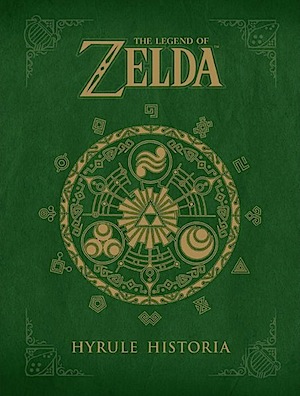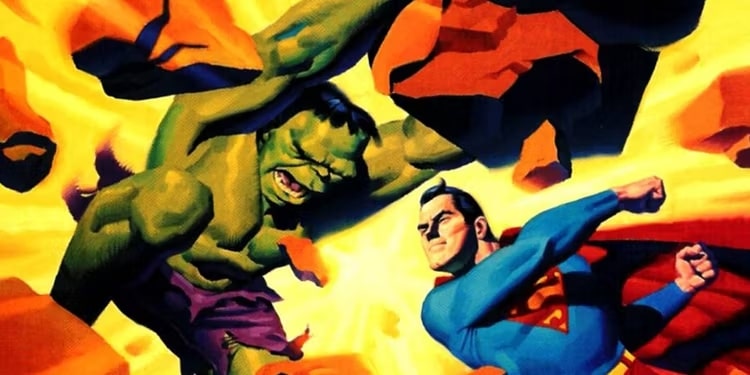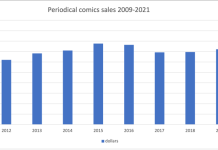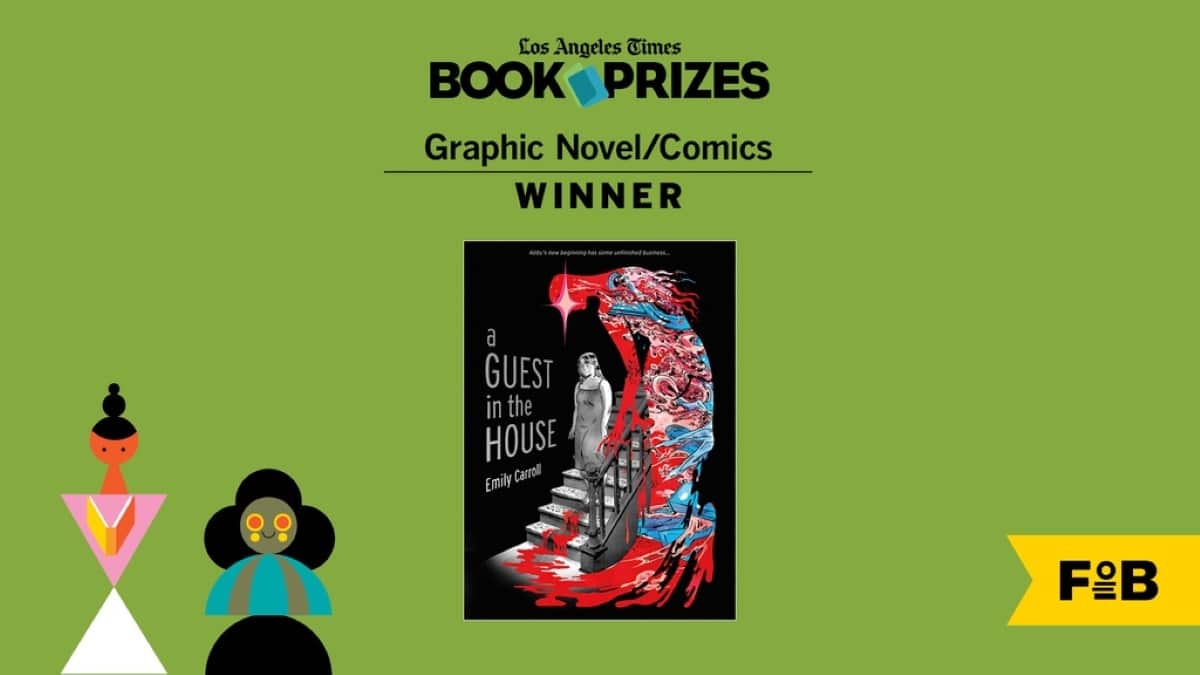Three pretty interesting posts on book sales and Amazon which, if you triangulate them, give you a good look at where the publishing business stands this Monday morning as Winter turns into Spring 2013:
Doughty number cruncher Daisy Maryles has The Bestselling E-books of 2012 at Publishers Weekly, with a long list of both current and backlist books. Short answer: the Fifty Shades books sold upwards of 15 million, and The Diary of Anne Frank sold just north of 25,000 copies.
In almost all instances, unit sales for print books are still ahead of e-book sales, but the gap is starting to narrow. The Fifty Shades combined e-book numbers are more than 15 million, about half of the print figures. The Lucky One by Nicholas Sparks sold more than one million in mass market and 569,544 in digital. However, in e-books, Gone Girl by Gillian Flynn outsold the print edition; more than 1 million copies to 900,000 print. At this point, Gone Girl is more the exception than the rule. But wait till next year.
In PW’s call for information we mistakenly asked for e-books that have sold more than 25,000 copies in 2012 without explaining that we were only collecting titles published in 2011 and 2012 or those titles that are still on PW’s weekly print charts. All the better! Most publishers complied with the written instructions and so we were inundated with long lists of e-book topsellers, and what a picture it paints of a changed sales landscape for book product. Looking at these lists provided some fascinating insights into the world of e-books so we changed the rules this time and honored our miscommunication.
Huh, well cool on that. So everyone must be making a mint from all these books, right? Well not so fast. Author Patrick Wensink had a fluke bestseller on Amazon last year and says My Amazon bestseller made me nothing:
This past summer, my novel, “Broken Piano for President,” shot to the top of the best-seller lists for a week. After Jack Daniel’s sent me a ridiculously polite cease and desist letter, the story went viral and was featured in places like Forbes, Time magazine and NPR’s Weekend Edition. The New Yorker wrote one whole, entire, punctuated-and-everything sentence about me! My book was the No. 6 bestselling title in America for a while, right behind all the different “50 Shades of Grey” and “Gone Girl.” It was selling more copies than “Hunger Games” and “Bossypants.” So, I can sort of see why people thought I was going to start wearing monogrammed silk pajamas and smoking a pipe.
But the truth is, there’s a reason most well-known writers still teach English. There’s a reason most authors drive dented cars. There’s a reason most writers have bad teeth. It’s not because we’ve chosen a life of poverty. It’s that poverty has chosen our profession.
Wensink reveals how much money he made from his bestseller and you can read it for yourself but — spoiler — it’s low, VERY low, five figures.
Well, how many copies does it take to be a bestseller on Amazon, anyway, you may be asking. PW’s Gabe Habash has the answer to that! And just to bring it all home, he uses the sales of Dark Horse’s freak flash hit Hyrule Historia books to figure it out.
Like everyone else, PW couldn’t get sales numbers from Amazon, but by studying the print bestseller list for a two-week period, we were able to determine that a title in Amazon’s top five averages 1,094 print copies sold across all channels, including other retailers, on a typical day. And because the general industry thinking is that Amazon accounts for about 30% of print sales, that means it likely takes around 300 copies per day to reach Amazon’s top five, depending on the day of the week and the time of year.
How was PW able to get this number? We looked at Dark Horse’s The Legend of Zelda: Hyrule Historia, a 300-page collection of historical information, concept art, and chronology of the famous Nintendo video game series. We charted the book’s ranking on Amazon, and during the weeks ended February 24 and March 3, it sold 8,573 copies and 6,128 copies, respectively, at outlets that report to Nielsen BookScan. During that two-week span, Hyrule Historia never fell out of the top five on Amazon’s print ranking. For the week ended March 3, the book sold 6,128 copies at outlets that report to BookScan (which covers about 80% of print units). To account for the units not reported to BookScan, we added 20% to its total of 6,128, which equals 7,660. Based on that total, the book sold, on average, 1,094 copies per day, which means that Amazon sold no more than that number of units on any given day. But because Hyrule Historia is available through other retailers like Barnes & Noble, Target, and even video game chain Gamestop—the book is also sold out on Walmart.com—the realistic estimate is that Amazon sold roughly 30% of the 1,094 copies, or 328 copies per day, on average.
Head hurting from all the numbers? Why not just work for free instead.








That Salon article is misleading. From the start, it doesn’t specifify what bestseller lists (i’m assuming the top of the print, but it could be Kindle or it could be one of the sublist) or, more crucially, how long it was there.
He sold 4,000 copies. He got 12,000 dollars. This is fairly incredible, and actually suggests most of his sales were digital, because that’s the only way you’re going to get those percentages. But the maximum gross at retail on that book was 60,000 (less, but close enough) and he got 20% of that.
That’s a whole hell of a lot more noteworthy than being on a bestseller lists that’s updated hourly and only selling 4,000 copies.
PW’s Gabe Habash has the answer to that! And just to bring it all home, he uses the sales of Dark Horse’s freak flash hit Hyrule Historia books to figure it out.
Nothing freaky about it. Videogames and Zelda in particular have a rabid fanbase that eclipses the size of the comics fanbase several times over even if you account for overlap. And they’ve been chomping at the bit for something like this for over a decade.
So, not a whole lot of money in publishing a book that sells 4000 copies. Ok, is Wensink writing another book now?
We are in the early days of digital publishing so kudos for articles like these. We have to sort out whats going on for ourselves from these kind of clues. No reason Apple, Amazon or Comixology should have a monopoly over this. And who shops for a book on Google Play?
As for comics in this equation, its all so byzantine to just to understand them and every storyline is dark, dark, dark.. Can’t see a hit comic or movie driving people into those Diamond supplied stores in droves in the coming years. Something is gonna change…
Comments are closed.